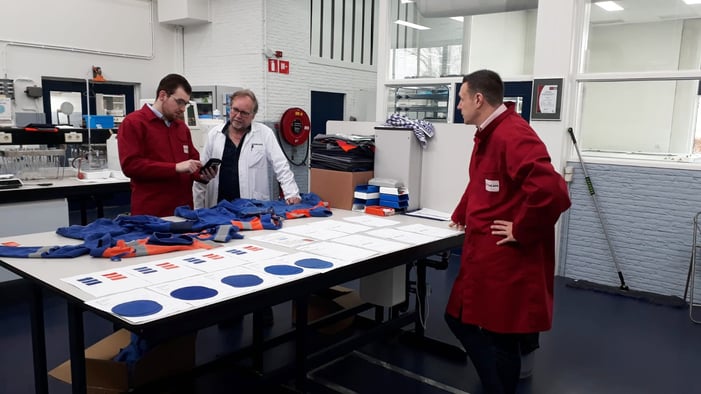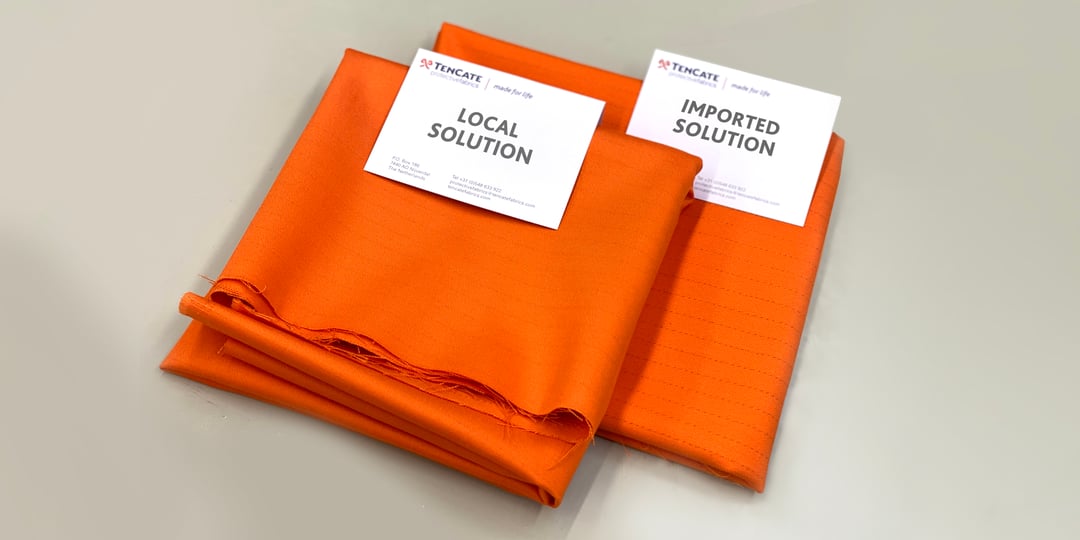There’s no doubt about it, the bottom line is important when you’re considering a regional or global roll-out of new protective clothing. While it may be tempting to simply choose the most cost-effective option on the market, however, it can be dangerous to guide your selection process based on pricing alone. At TenCate Protective Fabrics, we’ve noticed an alarming rise in the number of companies awarding protective workwear textile tenders to cheaper imported fabrics with questionable quality, at the cost of their long-term safety. Here’s why this practice is so dangerous, and what you can do to guarantee high-performing protective workwear.
1. Don’t take certification at face value
Some fabric producers claim to be certified for industry norms necessary to protect your workers on the job, yet when put to the test, their products don’t sufficiently stand up to these safety standards in the long run. A wide variety of pre-treatment processes can impact the test results, not to mention the minimum requirements and the margins with which criteria are met. Discrepancies can represent catastrophic risks down the road. Imagine, for instance, a work accident involving high heat, chemical substances, or electrical shock. If the worker involved isn’t sufficiently protected from exposure, terrible (potentially fatal) injuries can ensue.
2. Focus on price-quality ratio, not price alone
You’re dealing with the safety of your entire organisation here. Now is not the time to cut corners or skimp. While it’s logical to accept that there are differences in production and labor costs based on location, a huge price difference is likely too good to be true. Don’t let the purchaser get the upper hand — as a Health & Safety manager, it’s first and foremost your responsibility to protect the wellbeing of your workers.
3. Thoroughly test fabric options before making your choice
When in doubt, put the solution in question through its paces! Conducting lab tests can help you understand the difference in quality between fabric options – even when all options comply with norms.
We have state of the art testing facilities at TenCate Protective Fabrics, so it isn’t uncommon for potential customers to ask us to perform a comparative analysis on their top choices. The Damen Shipyards Group approached us with a similar request during their protective workwear selection process, eager to gain more insight into the price-quality ratio offered by potential suppliers. Together, we tested for compliance to safety standards, along with fabric composition, weight, weaving, abrasion resistance, colour retention and tensile strength.
 Intensive comparative analysis in practice; most cost-effective option on the market doesn’t performs as indicated on its certifications.
Intensive comparative analysis in practice; most cost-effective option on the market doesn’t performs as indicated on its certifications.
The end result was a new standard in protective clothing for the Damen Shipyards Group, enabled by collaboration within the protective clothing value chain. They made major improvements in terms of safety, comfort, price-quality ratio and uniformity of clothing, offering superior protection to their employees in any situation.
4. Stay alert
Our final takeaway: if a product seems too good to be true, it likely is! Don’t ignore the alarm bells, use your common sense and compare apples to apples.
At the end of the day, protective workwear represents a vital part of your company’s high-safety culture. Curious if your protective workwear is sufficiently meeting safety standards? Or maybe you’re struggling to critically compare the options you’re encountering in your tender process. Either way, our Safety Specialists are here to help you take your safety compliance to the next level.





.png?width=399&name=Risk%20management%20for%20PPE%20clothing%20in%20the%20EV%20and%20battery%20industries%20(5).png)
